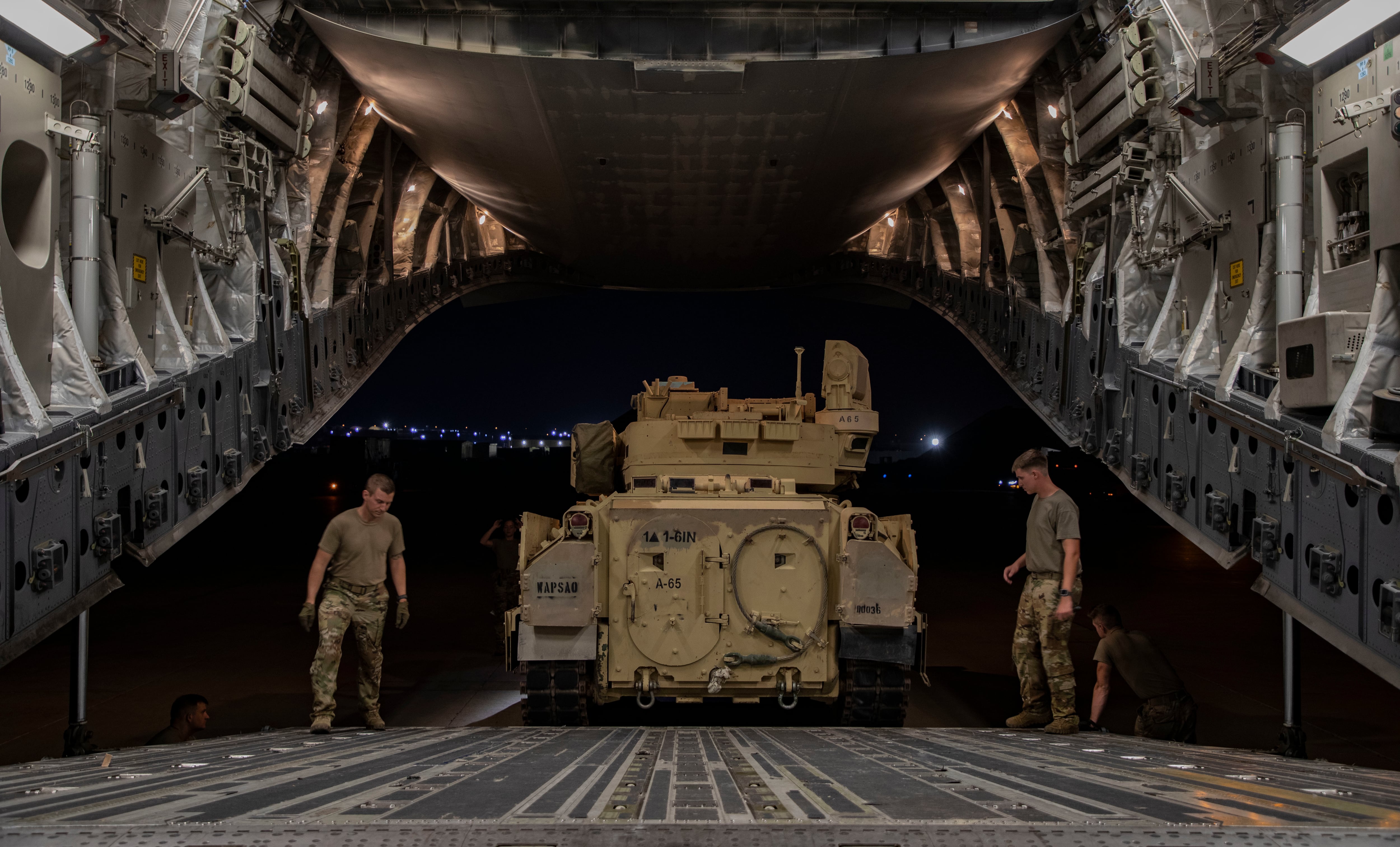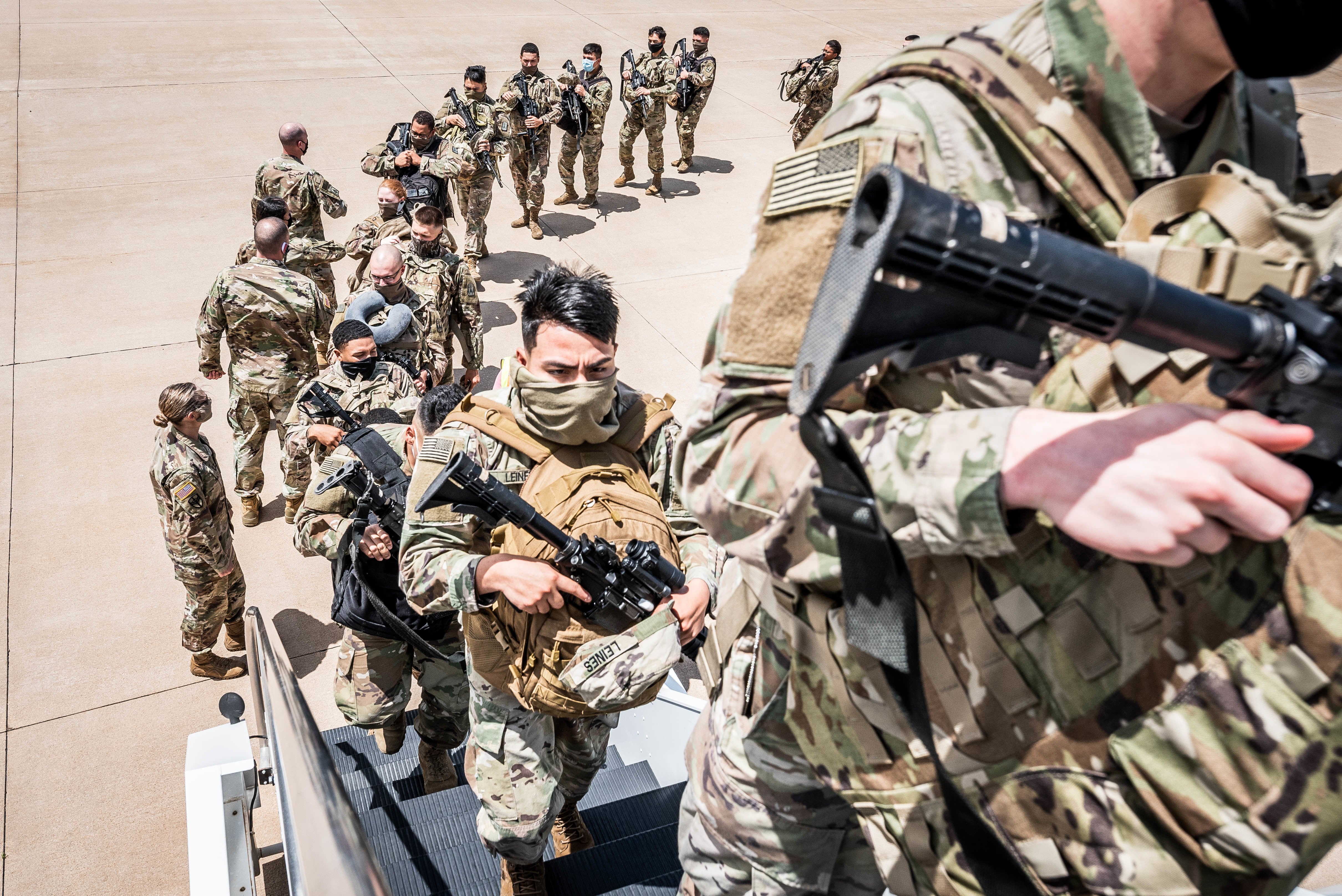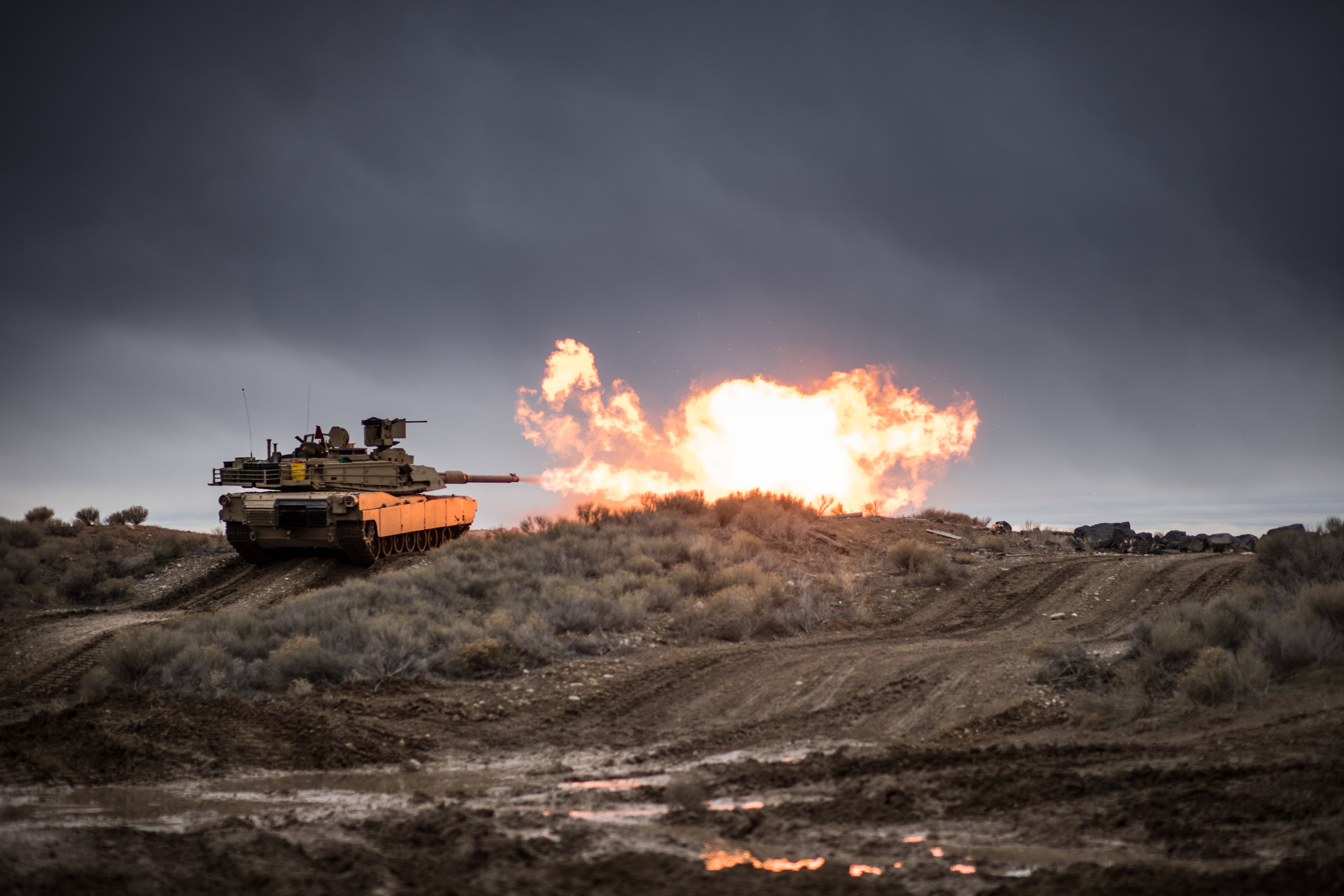The Army has been looking at the possibility of instituting shorter deployments, as well as reducing some requirements on units that would trickle down to the squad and platoon levels, the Army chief of staff said Oct. 6.
“We’re working our way through that right now,” Gen. James McConville told Army Times during a telephone interview. “Nine-, 10-month deployments, year-after-year, [put a] strain on families, so we’re looking for opportunities to reduce those lengths.”
“I don’t want to make promises that I can’t deliver, but I certainly would like them less than what they are right now, especially for the non-combat deployments,” McConville said. “Combat ones are different. It makes a lot of sense to have people there [longer], but some of our other deployments could be shorter."
The potential changes coincide with an effort by Army Forces Command and other readiness officials to analyze how the service can better balance its global missions with modernization and the reality that some key assets, including air defense artillery and armored forces, have been saddled with a high operations tempo recently.
“I am concerned about the Army’s ops tempo as a whole,” McConville said. “For the last 19 years, the Army has been heavily, heavily deployed. And even more recently, with our air defense units, our requirements around the world and particularly in the Middle East have really upped their ops tempo."
That tempo has also been high on armored units, those built around Abrams tanks and Bradley Fighting Vehicles, which are in the midst of modernizing their guns, rounds, defensive kits and other systems.

“Our armored brigade combat teams are on a rotational model — rotating into Korea, rotating into Europe, rotating into the Middle East — and also modernizing at the same time,” McConville added. “And some of the other low-density, high-demand-type units fall in the same category.”
All of those demands can put stress on soldiers, their formations and their gear.
“So what we’re doing is taking a look at how we can reduce the lower priority requirements on a unit to give time back to our command and to the lowest levels so they have time to train their individuals, their squads, their platoons and companies,” McConville said. “That’s where we want to focus. They get the higher level training at the Combat Training Center.”
Rotations to CTCs create brigade-level training exercises for armored, infantry and Stryker units. Oftentimes, the rotations are culminating events for brigades prior to an overseas deployment.
During the 2020 Fires Conference Oct. 1 at Fort Sill, Oklahoma, McConville explained how it’s up to brigade and division commanders “to take a hard look” at how company-level leadership manages time.
RELATED

“Most of your time needs to be spent on training individuals in crews, squads and platoons," McConville told a small audience during his live-stream appearance. "And quite frankly, you’ve got to figure out how to do the rest of the stuff on your time, not their time.”
Army Forces Command boss Gen. Michael Garrett recently told Army Times that his team is looking into the issue, as well. He said the goal is to “balance a little bit better our readiness or requirements in support of combatant commands, and requirements in support of modernization.”
It’s also important, McConville said, to give junior leaders more time with their soldiers because that helps build cohesion and stem behavioral health problems.
Stronger bonds within squads could help address the rise in suicide numbers this year by making it more likely that soldiers will be open about their problems and their squad-mates will notice abnormal behavior, Army officials say.
Focusing “on cohesive teams at the lower level, making sure they’re connected, especially in this time of COVID, I think it can reduce the behavioral health challenges,” McConville added.
Kyle Rempfer was an editor and reporter who has covered combat operations, criminal cases, foreign military assistance and training accidents. Before entering journalism, Kyle served in U.S. Air Force Special Tactics and deployed in 2014 to Paktika Province, Afghanistan, and Baghdad, Iraq.





